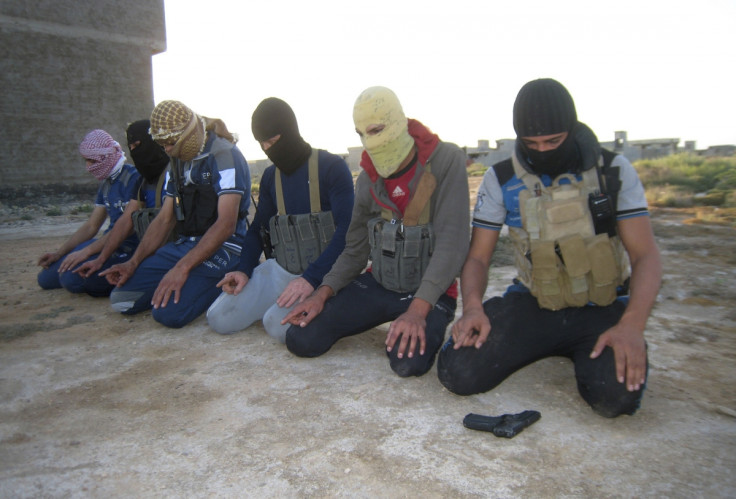Kidnap-for-Ransom: An al-Qaeda Manual

Various arms of the Islamist militant group al-Qaeda appear to have perfected the kidnap-for-ransom strategy over the last decade.
Right from carefully plucking worthwhile westerners to keeping the hostages silent during the first few seconds in the threat videos, in order to terrorise their families and eventually mount pressure on the governments to pay ransom, the militants seem to have carefully honed their ruthless game plan.
Al-Qaeda in the Islamic Maghreb which is active in northern Africa, Yemen-based Al Qaeda in the Arabian Peninsula (AQAP) and the Somali-affiliate al-Shabab remain some of the dominant forces engaged in this dreaded tactic, pushing susceptible European governments to pay the ransom to save the hostages, according to a series of investigations carried out by the New York Times.
Following interviews with several diplomats, hostages, negotiators, and government officials – who spoke mostly on conditions of anonymity – across continents, the NYT report points to a sharp shift the manner in which the al-Qaeda and its affiliates conduct its kidnappings.
Since 2008, the governments, chiefly from Europe, have paid at least $125m in ransom in return for the release of captives through several intermediaries, and in turn unwittingly become one of the major sponsors for the militants' terror operations across the world.
American and British individuals, who were once primary targets, are no longer the main aim of the Islamists as both countries have a policy of non-negotiation with extremists. Instead, nationals of France, Italy, Austria and Spain are besieged as these European governments do settle on a deal with the kidnappers, although indirectly. The governments have not officially admitted to paying any ransom to the militants.
In addition, the number of beheadings and killings has also drastically come down compared to the previous decade when militants unreservedly slaughtered detainees, according to the report.
"Thanks to Allah, most of the battle costs, if not all, were paid from through the spoils. Almost half the spoils came from hostages," wrote AQAP leader Nasser al-Wuhayshi in a letter to his fellow fighters.
The amount of money capped per hostage has also increased in the last years with militants realising that the hostages are "more valuable to them alive than dead."
"There were lots of letters back and forth. It was clear that they had a hierarchy, and they were consulting their leaders about what to do with us," said Atte Kaleva, a Finnish national who was abducted by the AQAP in 2013 and freed after five months.
The hostages have also spilled out peculiar yet striking details of how the insurgents are well-equipped even while roaming the vast Sahara deserts. The prisoners speak of random dunes - which sometimes hide fuel or stacks of replacement tyres - that are marked with GPS signals and come handy for the militants when they constantly traverse the desert.
© Copyright IBTimes 2024. All rights reserved.






